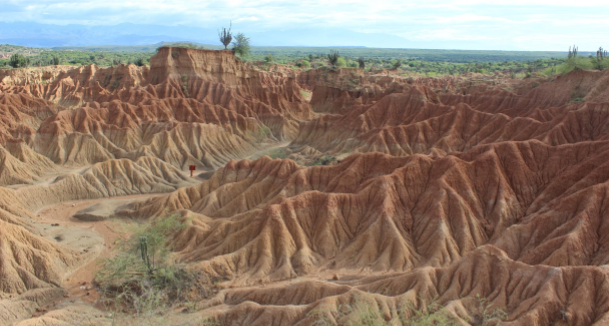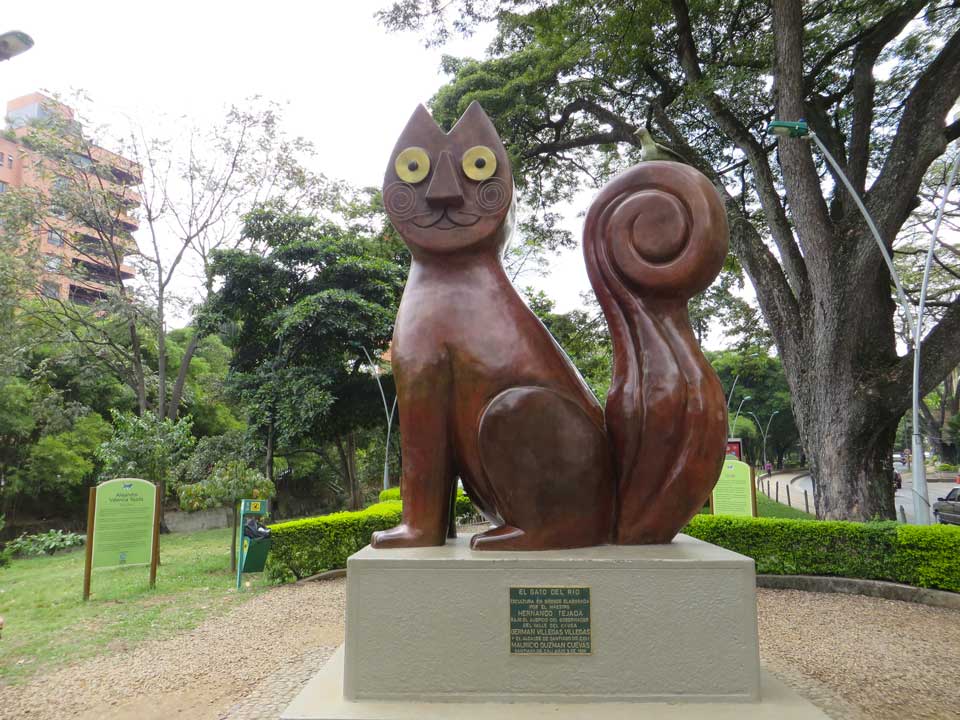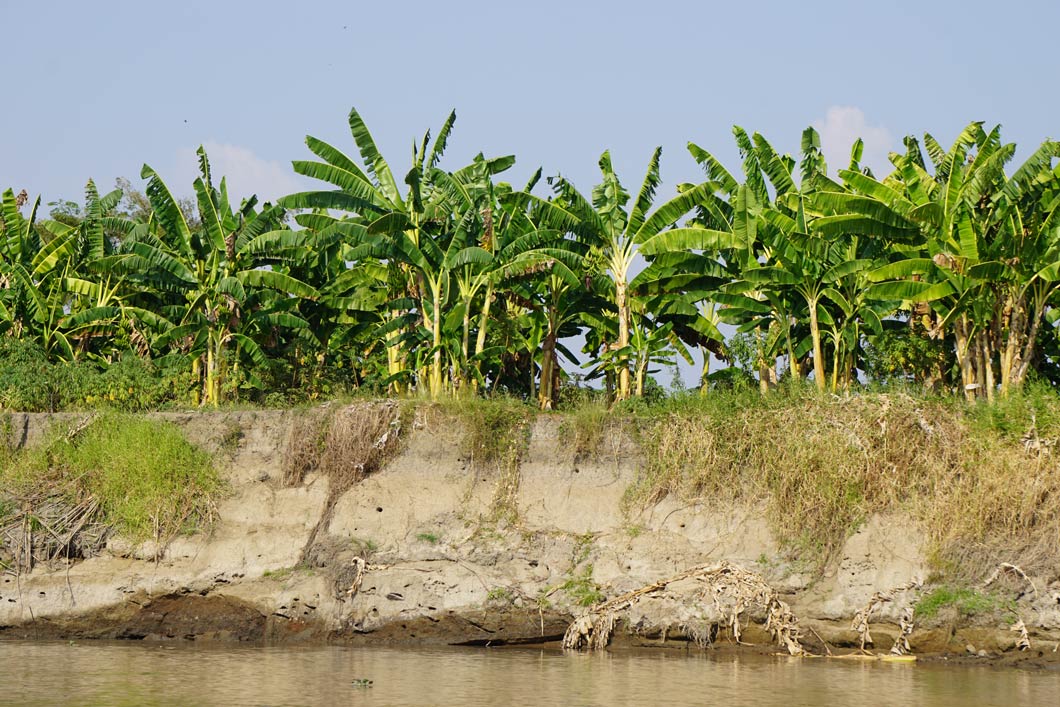
VILLAVIEJA, HUILA – As I laid down on a rock, still feeling its heat from the scorching sun earlier in the day, I listened to the crowds of tourists around me shouting “there goes another one!” while staring at the dark sky. Shooting stars zipped through the darkness in all directions, followed by the joyful shrieks of Colombians and other foreigners from all over the world.
The Tatacoa Desert, which sits between 400 and 440 meters above sea level, is located in the department of Huila. The 380km2 area is the only other landscape which has desert attributes apart from the La Guajira region in the north. Although it is called a desert for commercial purposes, Tatacoa is actually classified as a dry tropical forest and its name originates from a snake that the indigenous population feared through legend.
Hiking options are abound, each one with different terrains that felt as though I were walking on Mars, and had me squeezing through crevices created by water erosion, and traversing flatlands that bore a striking resemblance to the Sinaloa desert in Mexico. There are also pools if tourists want to cool off after a long walk, a UFO landing pad made by those expecting otherworldly visitors, and options to rent bicycles, horses, and ATVs. Tatacoa also has roughly 14 different types of cacti, and over 20 different animal species.
The two highly recommended times of the year to visit Tatacoa, according to locals, are during the meteor showers which occur between August 13–16, called “Las Perseidas” and Dec. 12 – 17. I headed over for the December shower, entitled “Las Geminidas.” Once there, I had the chance to sit through an outdoor presentation in the dark with local astronomer, Javier Fernando Rua. “The first evening of Las Geminidas is when people get to see the most shooting stars,” he said. “After nine o’clock, meteors can be seen at a rate of around two per minute. That’s roughly 120 per hour.”
Before Rua gave his speech, the Astrosur Association had telescopes set up which gave guests views of the moon, Mars, and other constellations. Experts say that it’s best to time a Tatacoa visit around the moon’s phases. Tourists that arrive when there is a full moon will not be able to see its details because the sun’s rays strike it perpendicularly. In its earlier phases, the angle that the sun reflects off the moon makes crater shadows visible, bringing out its spotted face. On January 20, 2019, a total lunar eclipse is expected, which will last for three hours.
I was told that Tatacoa is an up and coming attraction for tourists and Colombian nationals alike. “Just 10 years ago, this place was almost unheard of,” said Jose David Mesa, a local Colombian tour guide at Cultura Tours. “Word of mouth has been spreading so fast that last year alone, roughly 17 thousand people visited Tatacoa during holy week.”`
The increase in tourism, however, brings about its own set of disadvantages. For the most part, locals maintain the desert on their own. As more people visit the area annually, locals see the business opportunity and have begun opening establishments throughout the area. Cars and motorcycles frequented the roads at night, and sometimes made it hard for me to focus on the night sky. Locals work hard to enforce the rules of Tatacoa, constantly telling tourists to refrain from climbing on top of the eroding hills, and in turn damaging them. Even so, Tatacoa has a rising popularity that is well deserved – the region is full of activities, gorgeous skies, and friendly inhabitants.





